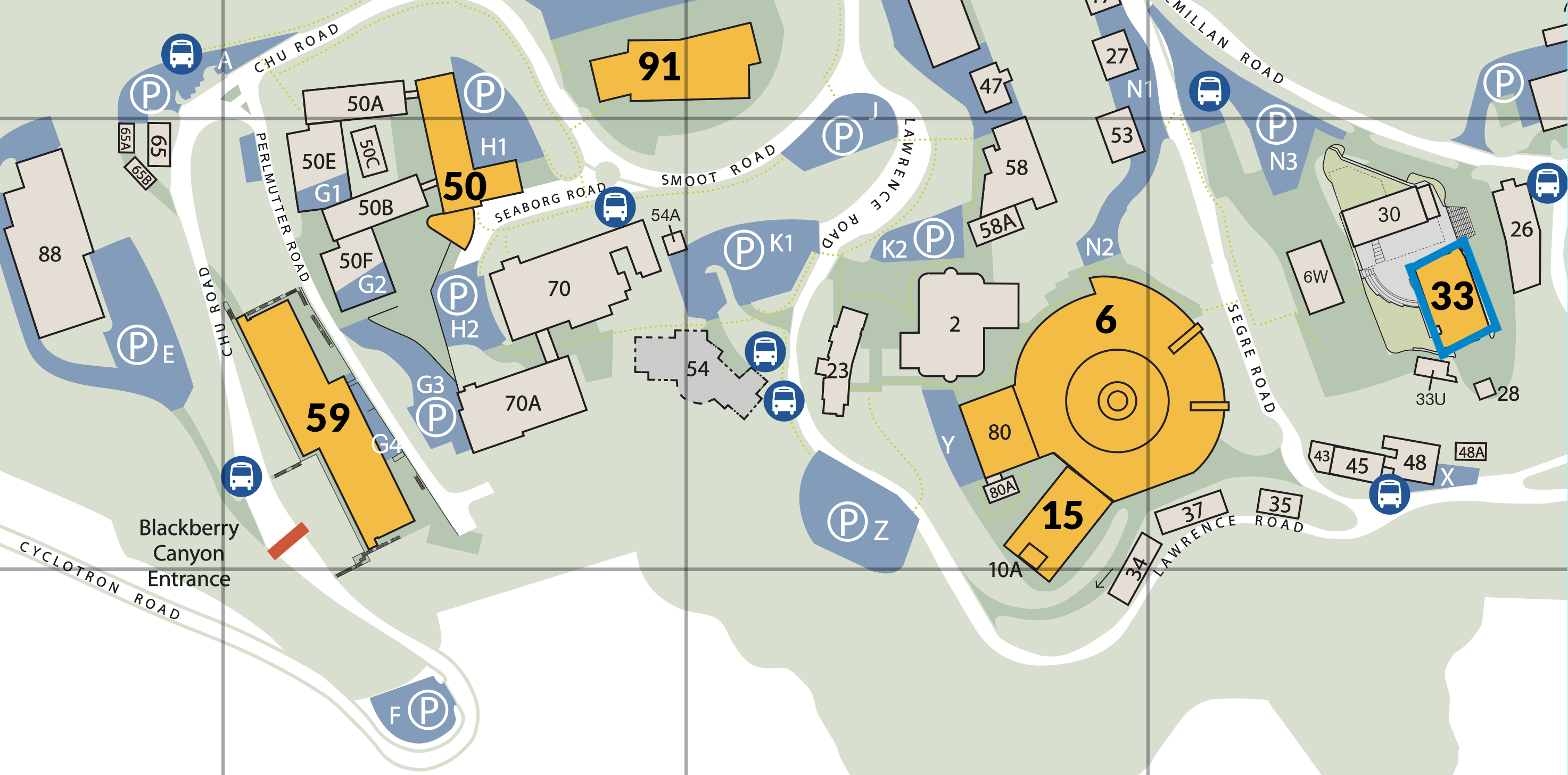<Return to Visioning Workshop page
Visioning Workshop Overview
- Wednesday, September 13–Friday, September 15
- Agenda (click to view)
- Building 33, Room 106

Organizers
- Greg Hura, co-chair (MBIB, LBNL)
- Andrej Sali, co-chair (UCSF)
- Marc Allaire (MBIB, LBNL)
- Diane Bryant (ALS, LBNL)
- Scott Fraser (Univ. Southern Calif.)
- Lisa Miller (NSLS-II, Brookhaven)
- Ritimukta Sarangi (SSRL, SLAC)
Keynote Speakers
- Greg Hura
- Andrej Sali
- Ritimukta Sarangi
- Jake Pushie
- Marc Allaire
- Allen Orville
- Robert Rambo
- Lisa Miller
- Sean McSweeney
- Tiffany Victor-Lovelace
- Zou Finfrock
- Scott Fraser
- Matthew Clifton
- Kate L. White
- Diane Bryant
- Antoine Wojdyla
- Corie Ralston
- James Holton
Visioning Workshop Description
The Biosciences Visioning Workshop seeks to generate ideas, guidance, and inspiration for the ALS and its user community on how light sources can best contribute to bioscience breakthroughs over the next decade. The ALS synchrotron has contributed significantly to and has been a special place for research in the biosciences. Of particular note has been its contributions to structural biology. The successes in structural biology have warranted tremendous investments both at the ALS and in other techniques like electron microscopy and computational modeling. For structural biology, the ALS has been more than a light source, and has also served as a hub for a vibrant user community that extended results in many other ways. The ALS has broadened its biological technique portfolio beyond structural biology and has beamlines that can probe inter-organelle spaces, cells, biofilms, and biological tissues. As a unifying theme for biological programs, our workshop will have a focus on the ALS as a unique place to integrate information from multiple scales and multiple dimensions including temporal and chemical. We will identify ways to strengthen existing user programs and identify gaps where new capabilities could be developed. In this workshop we will look forward to the ways the ALS can retain its role in optimally serving the biosciences post-pandemic and post-ALS upgrade.